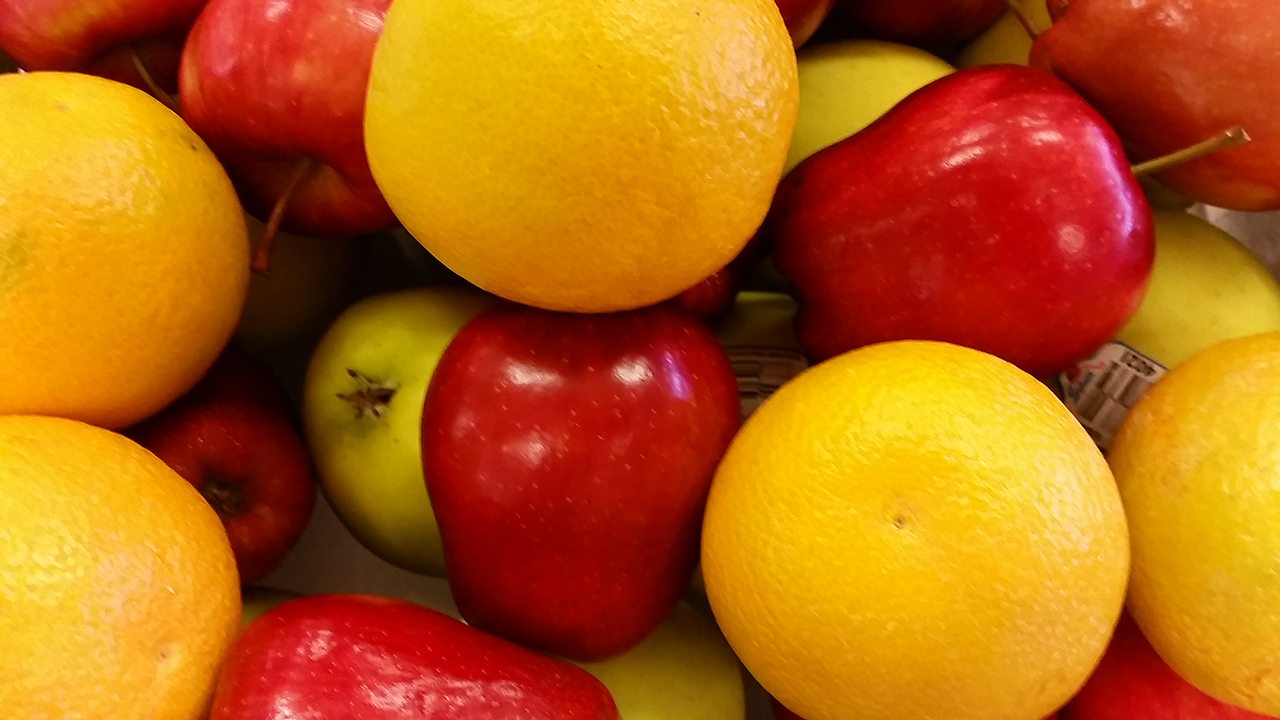School officially starts in the Aberdeen School District on Wednesday, and this academic year begins with even more healthy foods offered to students.
This already has been the case for meals, but now the overall healthier fare served will extend to snacks available during other school-based functions — parties, school stores, vending machines and even fundraising events.
The district follows guidelines based on the U.S. Department of Agriculture’s Smart Snacks in Schools initiative. Cookies, candies and sugary sodas are being replaced by fruits, nuts, no-calorie diet sodas and flavored water.
“We’re not going to stop people having cupcakes for someone’s birthday or candy on Halloween,” said Jaime Matisons, the district’s Food Services supervisor. “We just want to rethink what kinds of snacks are coming in.”
Emphasis on whole grains, low sodium, and fruits and vegetables continues throughout campus.
The cafeteria at Aberdeen High School has been serving whole grains since 2012, Matisons pointed out.
“Our pizza has been real popular. It’s on a whole-grain crust with low-fat cheese. Another favorite is our burgers, which are beef and soy patties on whole wheat buns,” she said. “And our French fries are baked. Students really like them.”
Water and milk — low-fat regular and non-fat chocolate — are beverage staples served in cafeterias across the district.
Vending machines and student stores offer diet soda, 100-percent fruit juices, and bottled and seltzer waters. The exception here is G2—a low-calorie drink by Gatorade with some sugar.
All snacks sold at the schools will be healthy and within the USDA recommendations, Matisons said.
“We want to provide foods that taste good, look good and are familiar to them,” she said.
Some schools offer a special snack program that provides fruits and vegetables. It’s nutritious and a chance for the children to try and learn about foods they might not have seen before. Many students likely haven’t seen or tasted a pluot before — a cross between a plum and apricot.
“It’s a way to allow them to try new things,” Matisons explained.
This latest modification is not only because of tighter nutritional guidelines. The days of homemade goodies being brought in to classrooms and served at other campus functions are over. And have been for a while. Being knowledgeable about what one is eating is key to good health. And for some can mean life or death.
“With commercially made foods, we know what’s in them,” she said. “We can see the ingredients on the label of a product made in a commercial kitchen and know whether a child with a peanut allergy can’t have it, for example.”
In a district where up to 80 percent of students qualify for free-and-reduced meals, serving healthy food is critical, Matisons added.



